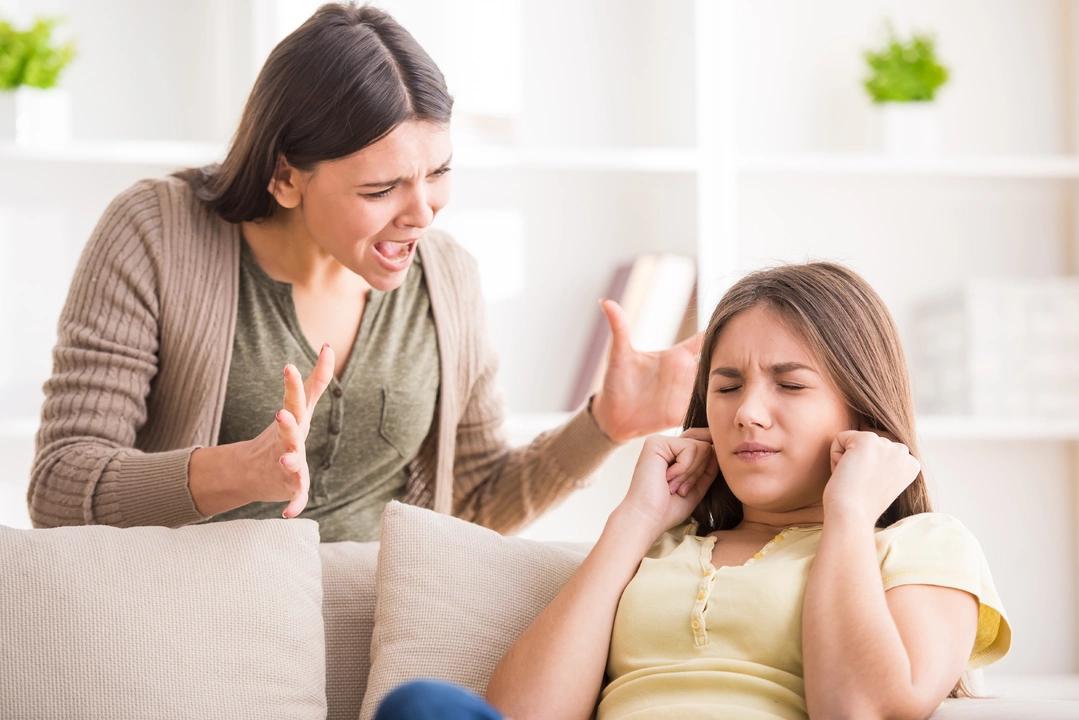Shopping for medicine feels like a maze, especially when you’re juggling kids, work, and bills. The good news? You don’t have to guess which pharmacy is safe or how to store pills correctly. This guide gives you straight‑forward steps so you can buy meds online without worry and keep the whole family healthy.
The first red flag is a site that offers prescription drugs without asking for a doctor’s note. Real pharmacies always require a valid prescription, even if it’s an over‑the‑counter product that needs a pharmacist’s approval. Look for a physical address and a US‑based phone number; quick Google searches can verify the business name.
Check for certifications like VIPPS (Verified Internet Pharmacy Practice Sites) or the .pharmacy top‑level domain. Those symbols mean the site follows strict safety standards. If you see pop‑up ads promising “cheap meds in 24 hours” and no clear privacy policy, walk away.
Even the best‑priced drug can become useless if you store it wrong. Keep pills in their original containers so labels stay attached—this helps you track dosage and expiration dates. Most medicines belong in a cool, dry place away from sunlight; the bathroom cabinet is usually too humid.
If you have kids at home, lock up all meds in a high cabinet or use child‑proof caps. A simple tip: store the key with your phone so you won’t lose it, but keep the medication out of sight. For liquids like eye drops or syrups, check the temperature range on the label; some need refrigeration.
When you receive an order, inspect the packaging for tamper‑evident seals. If anything looks off—misspelled brand names, blurry logos, or broken seals—contact the pharmacy immediately and consider filing a complaint with the FDA.
Now that you know how to buy safely and store properly, let’s talk about dosing for kids. Always measure liquid meds with the dropper or syringe provided; kitchen spoons are unreliable. Double‑check the doctor’s instructions—some drugs require weight‑based dosing, which means a teen might need a different amount than an adult.
If you’re unsure about side effects, write down any new symptoms and call your pediatrician within 24 hours. Common reactions like mild stomach upset often clear up on their own, but anything involving breathing trouble or rash deserves prompt attention.
Saving money doesn’t have to mean taking risks. Many legitimate pharmacies offer discount programs, coupons, or free shipping for repeat customers. Sign up for newsletters that list generic alternatives; a cheaper brand can be just as effective if it has the same active ingredient.
Finally, keep an organized record of all prescriptions—paper copies in a folder or digital notes on your phone. Knowing which meds you’ve ordered and when they’ll run out helps you avoid emergency trips to the pharmacy and lets you plan refills ahead of time.
Being a parent means making quick decisions with limited info. By checking credentials, storing meds correctly, and staying on top of dosing, you turn those decisions into safe ones. Use these tips next time you shop online, and feel confident that your family’s health is in good hands.
